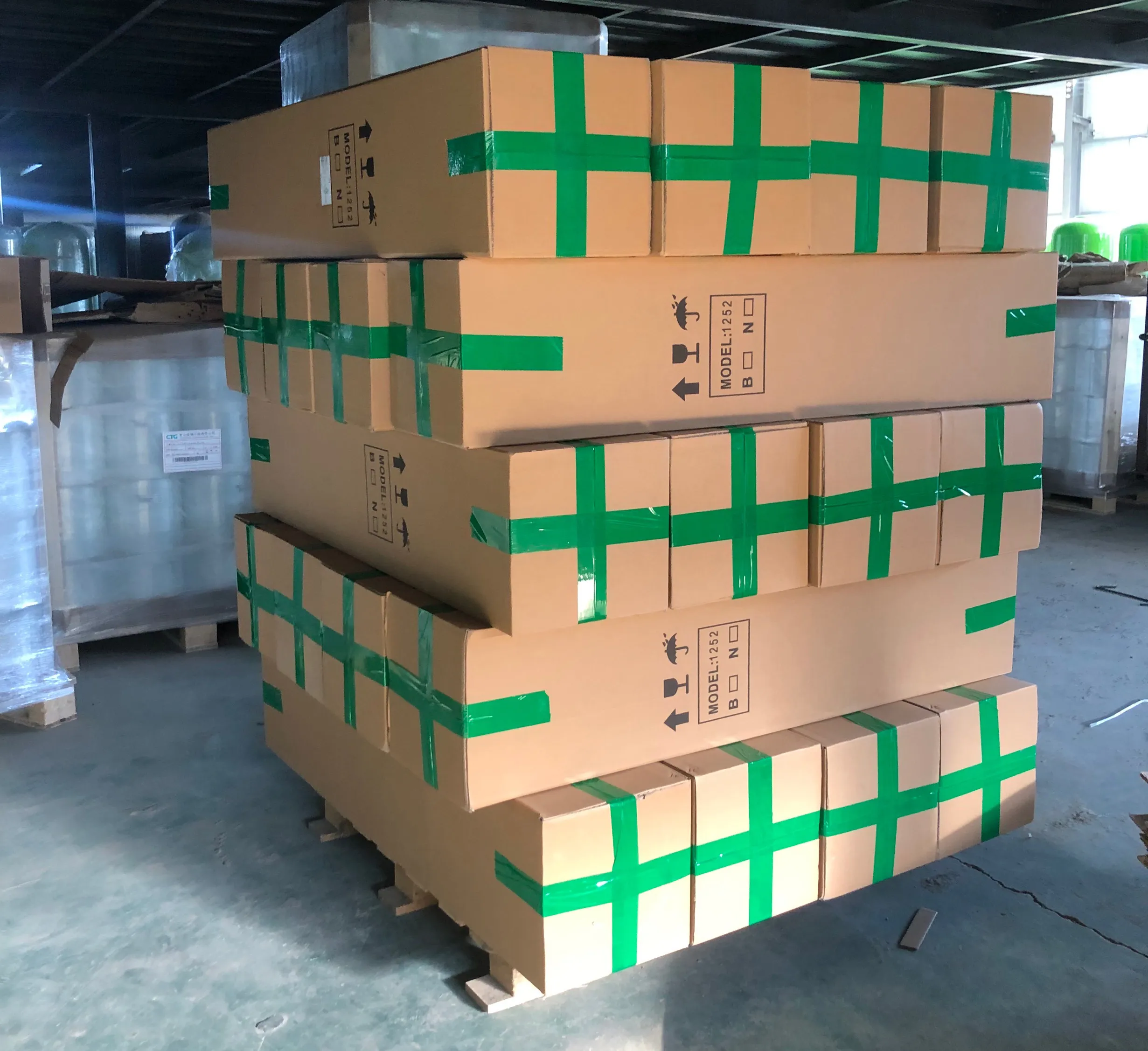loading...
- No. 9, Xingyuan South Street, Dongwaihuan Road, Zaoqiang County, Hengshui, Hebei, China
- admin@zjcomposites.com
- +86 15097380338
- Welcome to visit our website!
frp railing systems
Understanding FRP Railing Systems A Comprehensive Overview
In the construction and architectural industries, safety and durability are paramount, particularly when it comes to railings. Fiber Reinforced Polymer (FRP) railing systems have emerged as an innovative solution, offering numerous benefits over traditional materials. This article delves into the features, advantages, applications, and considerations of FRP railing systems, providing a detailed understanding of their significance in modern construction.
What is FRP?
Fiber Reinforced Polymer (FRP) is a composite material made from a polymer matrix reinforced with fibers, such as glass, carbon, or aramid. This combination results in a lightweight yet exceptionally strong material that exhibits superior corrosion resistance and durability. FRP is increasingly being utilized in various structural applications, including railings, due to its compelling attributes.
Key Features of FRP Railing Systems
FRP railing systems possess several distinctive features that make them particularly appealing
1. Corrosion Resistance Unlike traditional materials such as steel and aluminum, FRP is highly resistant to corrosion, ensuring that the railings remain intact and visually appealing even in harsh environments, such as coastal areas or industrial settings.
2. Lightweight FRP is significantly lighter than steel or wood. This characteristic aids in ease of installation, reduces transportation costs, and allows for more design flexibility in architectural applications.
3. Low Maintenance Due to its resilience and resistance to environmental degradation, FRP railings require minimal maintenance. This attribute translates into cost savings over time, as property owners spend less on repairs and replacements.
4. Design Flexibility FRP can be molded into various shapes and sizes, allowing for customization in design. This versatility is especially beneficial for unique architectural projects that demand non-standard railing configurations.
5. Safety Features FRP railing systems can be designed to meet specific load and safety requirements. They can also be engineered to have anti-slip surfaces, providing additional safety in outdoor or high-traffic environments.
frp railing systems

Applications of FRP Railing Systems
FRP railing systems are employed in a wide array of applications across different sectors
- Transportation FRP railings are used in bridges, walkways, and bus stations where safety and durability are crucial. Their lightweight nature makes them ideal for structures that require easy installation and maintenance.
- Industrial In manufacturing facilities, chemical plants, and waste treatment plants, FRP railings provide the necessary safety and resistance to corrosive substances that are often present in these environments.
- Recreational Areas Parks, amusement parks, and waterfronts benefit from FRP railings as they not only enhance safety but also add aesthetic value. Their ability to withstand environmental elements makes them suitable for outdoor settings.
- Residential Projects Architects and builders are increasingly opting for FRP railings in residential designs, especially for patios, balconies, and decks. Their customizable design options add a modern touch to home exteriors.
Considerations When Choosing FRP Railing Systems
While FRP railing systems offer numerous benefits, there are a few considerations to keep in mind. The initial cost of FRP products can be higher than traditional materials; however, their longevity and low maintenance can offset this expense over time. Additionally, it is essential to ensure that the selected FRP railing system meets local building codes and safety regulations for your specific application.
Conclusion
FRP railing systems represent a significant advancement in the field of construction and safety. Their unique blend of strength, corrosion resistance, and aesthetic versatility makes them an attractive choice for various applications, from industrial uses to residential projects. As the construction industry continues to evolve, the adoption of innovative materials like FRP will play a crucial role in enhancing safety, durability, and design flexibility, paving the way for safer and more sustainable structures in the future.
-
The Rise of FRP Profiles: Strong, Lightweight, and Built to LastNewsJul.14,2025
-
SMC Panel Tanks: A Modern Water Storage Solution for All EnvironmentsNewsJul.14,2025
-
GRP Grating: A Modern Solution for Safe and Durable Access SystemsNewsJul.14,2025
-
Galvanized Steel Water Tanks: Durable, Reliable, and Ready for UseNewsJul.14,2025
-
FRP Mini Mesh Grating: The Safer, Smarter Flooring SolutionNewsJul.14,2025
-
Exploring FRP Vessels: Durable Solutions for Modern Fluid HandlingNewsJul.14,2025
-
GRP Structures: The Future of Lightweight, High-Performance EngineeringNewsJun.20,2025
